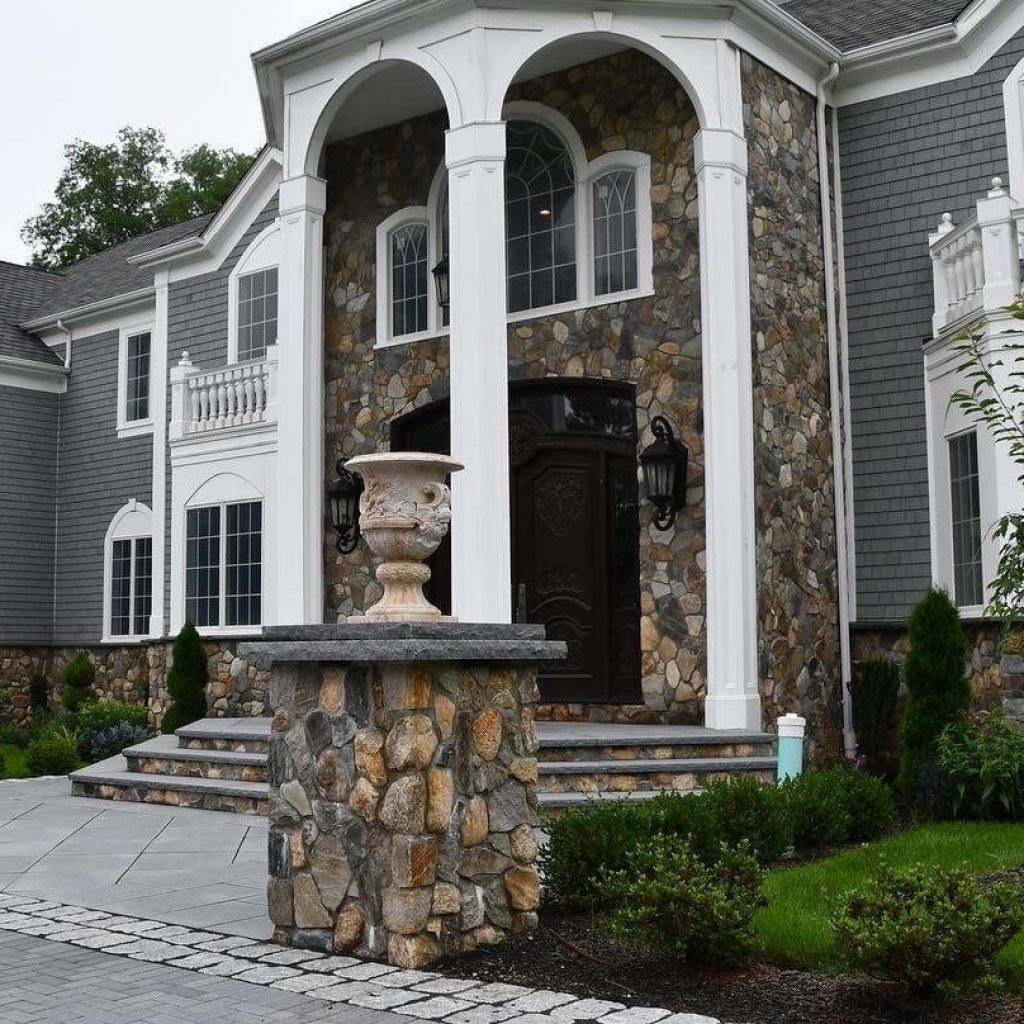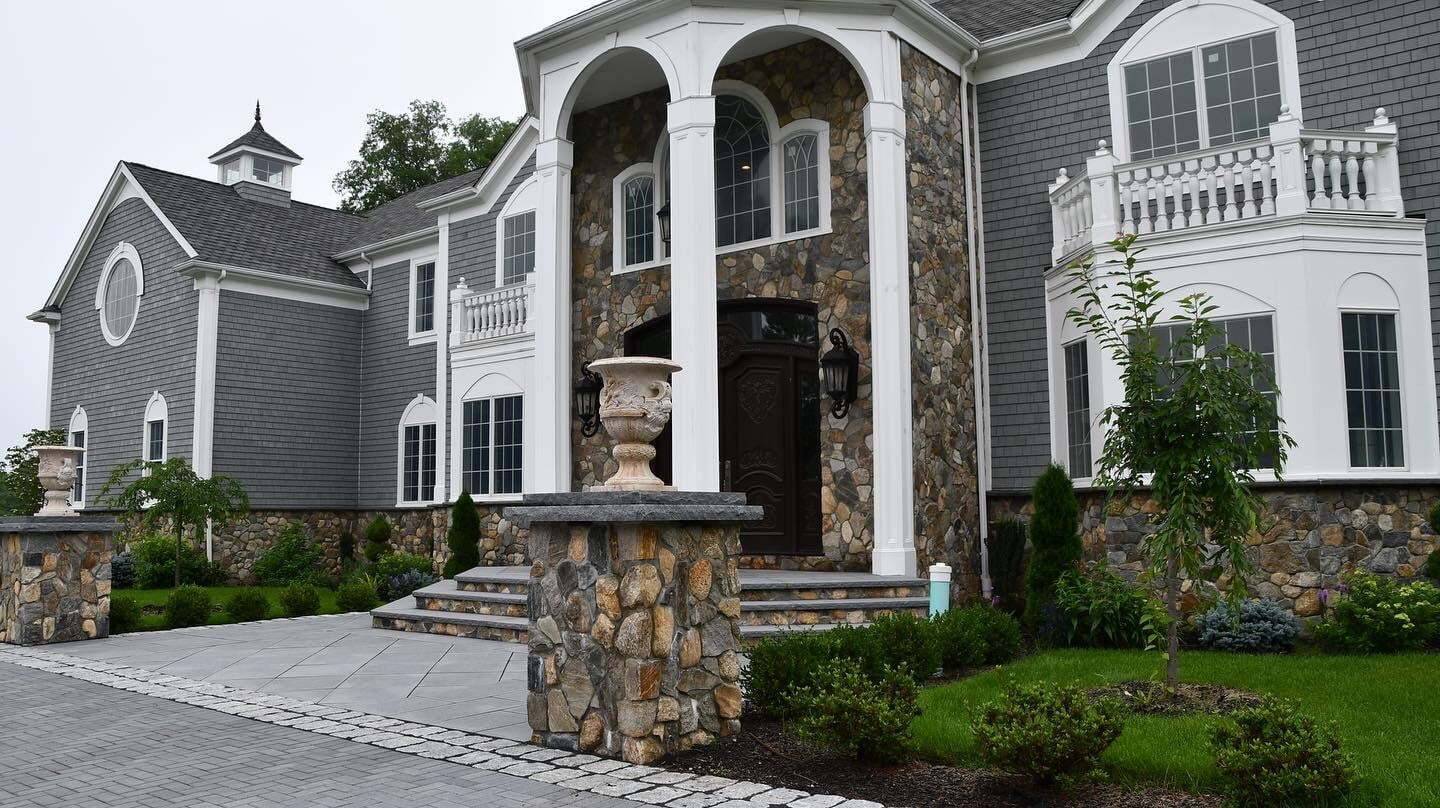Measuring Once and Cutting Twice
Mismeasurement can cost you a lot of money in do-overs and extra materials. Make sure you get the measurements and the math correct. If a pro is doing the work, then ask them to check your math and make sure you’re not buying too little—or too much—flooring or backsplash tile. They can also make sure you don’t fall in love with a vanity that will never fit in your small bathroom.
Falling for Trends
What’s trendy today may look dated in just a few years. Opt for timeless designs that will supersede passing trends and give your remodel a classic look that will last. If you ever decide to sell your home, a classic, neutral look will attract more buyers than a dated trend.
Skimping on the Infrastructure
Remodeling is about more than looks. Your beautiful new appliances won’t work right if the right kind of infrastructure is in place to support them. Subfloors, wiring, and plumbing matter. Plan so that you only have to tear things up once. It’s heartbreaking to discover you must rip out your gorgeous new tile to repair pipes or subfloors underneath.
Not Asking Enough Questions
The worst mistake you can make with a remodeling project is choosing the wrong contractor. Referrals, reviews, and recommendations are important, and licenses and insurance are critical. But there’s more to hiring a contractor than simply confirming that they’re licensed and that they can handle the permitting process. Find out how they communicate, what their procedure is for checking on subcontractors, and how they handle scheduling. Be sure to confirm warranties or guarantees, and get everything—including a detailed schedule of allowances for fixtures and contingencies—in writing.
Spending Way Too Much Money
Make a realistic budget and stick to it. The idea is to make your home more beautiful and more livable, not to turn it into a palace. Make the hard choices between what you need and what you want. Don’t neglect contingencies—those unexpected things that come up when you open walls or rip out floors in older homes only to discover rot or insect damage. Invest your budget in what you really need, and don’t go cheap in one room just so that you can renovate another.
Home improvement projects are stressful and often surprising. They can be great learning experiences, both good and bad. Careful planning will help homeowners avoid the common mistakes in home improvement projects.























